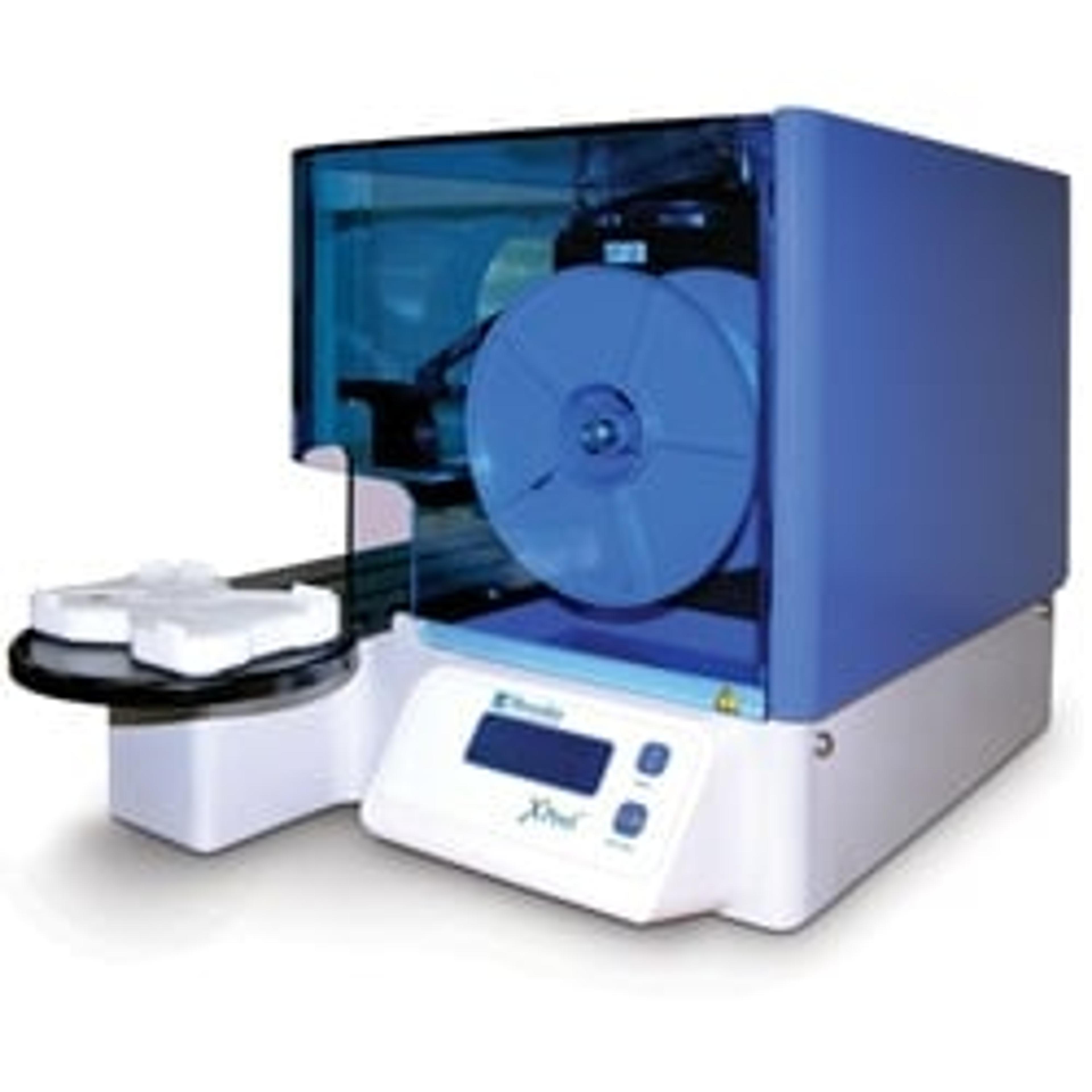PCR/microplate sealing and peeling for high-throughput labs
19 May 2020PCR plates and microplates usually require a seal to prevent evaporation, which otherwise may alter sample concentrations and impair repeatability. However, as microplate throughput increases, so does the risk of associated hazards and constraints.
In this application eBook, we explore the key benefits of automating PCR, assay and compound storage plate sealing and peeling for medium to high-throughput laboratories, from reducing cross-contamination and reagent costs, to freeing up scientist time and mitigating risk of repetitive strain injury. Plus, read how automating these routine processes can transform emerging biotechnology companies in our scientist case study.
Learn about the impact of automation for medium- and high-throughput laboratories:
- The hazards and constraints of manual sealing and peeling
- Overcoming these hazards using automated sealing and peeling instrumentation
- Integrating automated plate sealing and peeling technology into your workflow
- Case study: Transforming emerging biotechnology laboratories

